Thanks to audiobooks, I read 144 books in 2016. (If you look at that list, some are still in progress—the problem with relying on the library; when I can’t finish an audiobook in the rental period, I have to wait months on hold for it to come back to me again. I’ve been waiting for The Passion of Dolssa to come back for something like 3 months.)
OBVIOUSLY, this list doesn’t include the books I’ve edited. OBVIOUSLY, you should read all my books! Check out the sidebar under Books I Edited, or go here for more info on Tu Books.
In more than a year of my outside-of-work reading being mostly on audio, I’ve found that audiobooks have an even worse diversity problem than print books. I’m not surprised by this; most of the books I publish haven’t gotten audio versions made, and that’s likely similar to the audiobook market as a whole. So my outside-of-work reading isn’t as diverse as I’d like it to be, but I’ve been able to read a lot more than I would have otherwise, given my aversion to reading finished books outside of work lately. (I work such long hours that I need a change-up when I’m off—I was reading maybe five books outside of work before picking up audiobooks.)
Here are some highlights, in no particular order, of my reading in 2016: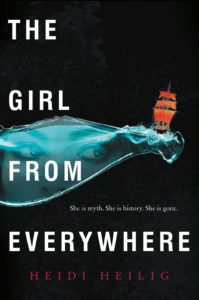
The Girl from Everywhere by Heidi Heilig
Adventure, magic, and traveling to alternate worlds and timelines. So much fun. Looking forward to the sequel this year.
The Thursday Next series by Jasper Fforde
Clever, funny, and just what I needed to escape in November…
The Shepherd’s Crown by Terry Pratchett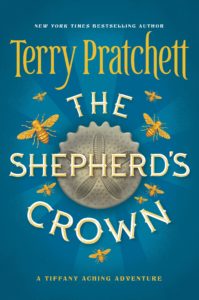
The last volume in the Tiffany Aching series, and Pratchett’s last book. It moved me. Pratchett had an ability to make you laugh at human foibles and poignantly appreciate the death of a character—and the author!—in such a unique way. This is a series I’ll return to again and again in the future, I think.
Outrun the Moon by Stacey Lee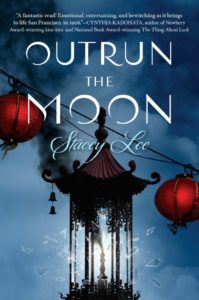
Historical fiction, set in San Francisco, 1906. If you don’t know why that’s significant, you need to read the book even more. Beautiful.
I Am Princess X by Cherie Priest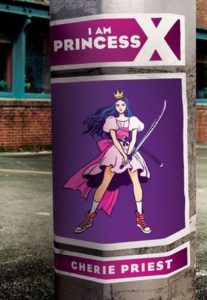
Listening to this hybrid book on audio made me not even realize what I was missing in the print version–a comic-with-the-book! But Mary Robinette Kowal’s narration created an audio experience of the comic parts that translated well from the page—I knew from the change in narration that it was was a story-within-a-story, and it all came together perfectly.
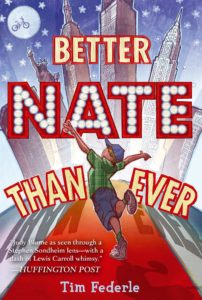 Better Nate than Ever by Tim Federle
Better Nate than Ever by Tim Federle
One of the few audiobooks in which the narration by the author enhances the book rather than detracts from it. Few authors have a good reading voice, I’m sorry to say. (Few audiobook narrators are good in general, honestly.) So this excellent story was made even better via Tim Federle’s voice.
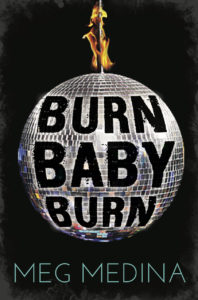 Burn Baby Burn by Meg Medina
Burn Baby Burn by Meg Medina
Speaking of excellent narrators, this narrator sounded like she was a Latina from Queens. That made this fascinating story about a teen girl in Queens just trying to make ends meet while worried about the Son of Sam murders even more fascinating. And man, I felt for Nora in her worries about her brother.
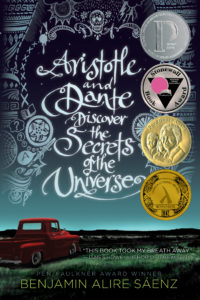 Aristotle and Dante Discover the Secrets of the Universe by Benjamin Alire Sáenz
Aristotle and Dante Discover the Secrets of the Universe by Benjamin Alire Sáenz
I didn’t realize till MONTHS later that this was narrated by Lin Manuel Miranda. And it didn’t stand out to me because his voice was seamlessly Aristotle’s. A beautiful book with top-notch narration.
My Lady Jane by Cynthia Hand, Brodi Ashton, and Jodi Meadows
This book is HILARIOUS, especially if you know the real history of Lady Jane Grey. And the audiobook’s narrator REALLY gets this book. She’s great at all the accents, and growls and emotes and simpers and everything perfectly.
It’s been a long time since I’ve seen some good space SF in YA. This was an enjoyable read.
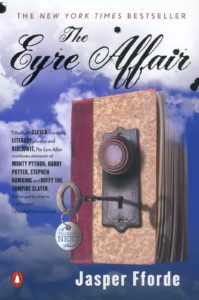
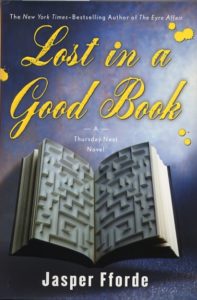
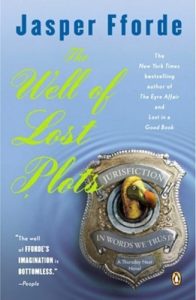
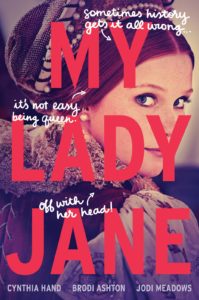
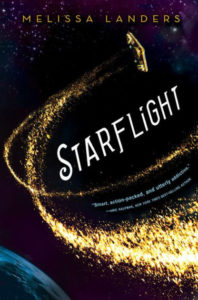
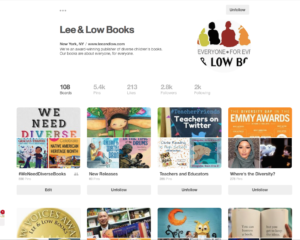

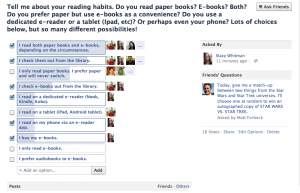
 One thing we talked about is how the industry itself is working on awareness and furthering diversity among the books themselves and future publishing personnel. Last night, we launched the
One thing we talked about is how the industry itself is working on awareness and furthering diversity among the books themselves and future publishing personnel. Last night, we launched the  These questions are from chapter 9 of the excellent book
These questions are from chapter 9 of the excellent book 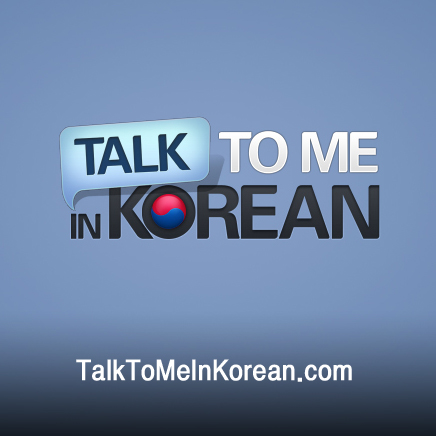 Also: I loved that there were several Koreans in my seminar over the course of the day, two in one session alone! After that session, we got to talking about why and how I’m learning Korean, so I wanted to give a shout-out to the excellent
Also: I loved that there were several Koreans in my seminar over the course of the day, two in one session alone! After that session, we got to talking about why and how I’m learning Korean, so I wanted to give a shout-out to the excellent 
 I’m currently splitting my time between two favorite authors’ newest books: James Dashner’s The Death Cure and Tamora Pierce’s Mastiff. I’m a HUGE Tamora Pierce fan. As she often says when she introduces herself at conventions, she writes about girls who kick butt. You can see a really interesting progression of feminist thought from second wave to third wave in her work, too—the Song of the Lioness quartet about Alanna, published in the 1980s, are very much “girls are ‘as good as’ boys,” with something to prove, and then you can see how the idea of “girl power” has changed over the years all the way down to today, in the Beka Cooper books, in which Beka has nothing to prove: she is who she is, because duh, she kicks butt because she can and should be able to defend herself and those who have no power or voice. (She’s a medieval cop who can talk to ghosts and Hunts with a scent hound. I love it!) The Beka Cooper books are really interesting to me because they’re actually set at a time in the history of Tortall before Alanna, and you can see how the beginnings of the belief in the Goddess as the Gentle Mother influences Alanna’s circumstances later when she’s in such a sexist situation that no one believes women should be lady knights, despite there being many storied lady knights in the past.
I’m currently splitting my time between two favorite authors’ newest books: James Dashner’s The Death Cure and Tamora Pierce’s Mastiff. I’m a HUGE Tamora Pierce fan. As she often says when she introduces herself at conventions, she writes about girls who kick butt. You can see a really interesting progression of feminist thought from second wave to third wave in her work, too—the Song of the Lioness quartet about Alanna, published in the 1980s, are very much “girls are ‘as good as’ boys,” with something to prove, and then you can see how the idea of “girl power” has changed over the years all the way down to today, in the Beka Cooper books, in which Beka has nothing to prove: she is who she is, because duh, she kicks butt because she can and should be able to defend herself and those who have no power or voice. (She’s a medieval cop who can talk to ghosts and Hunts with a scent hound. I love it!) The Beka Cooper books are really interesting to me because they’re actually set at a time in the history of Tortall before Alanna, and you can see how the beginnings of the belief in the Goddess as the Gentle Mother influences Alanna’s circumstances later when she’s in such a sexist situation that no one believes women should be lady knights, despite there being many storied lady knights in the past.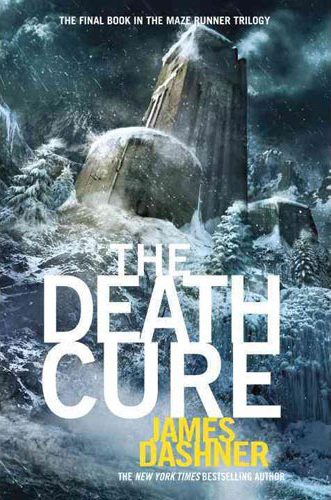 And of course The Death Cure is the last in James Dashner’s Maze Runner trilogy. Even though I worked with James on the first book years ago before it ended up selling to Delacourte (curses! But I’m glad it found a good home), I could never have predicted where the next two books would end up. It’s good, guys. I’m not quite finished reading yet, but it’s action packed and if you haven’t started with The Maze Runner you should catch up to me so we can talk.
And of course The Death Cure is the last in James Dashner’s Maze Runner trilogy. Even though I worked with James on the first book years ago before it ended up selling to Delacourte (curses! But I’m glad it found a good home), I could never have predicted where the next two books would end up. It’s good, guys. I’m not quite finished reading yet, but it’s action packed and if you haven’t started with The Maze Runner you should catch up to me so we can talk.